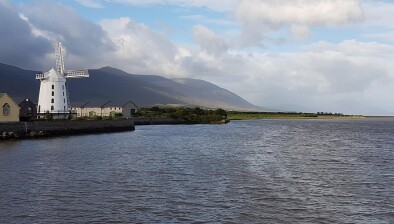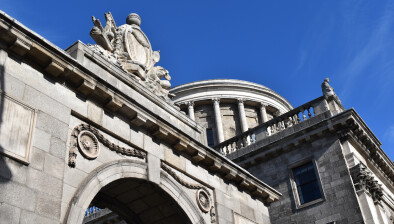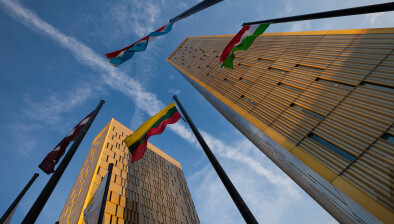Our Legal Heritage: The Ship of the People and The Wicked Man

Norman MacLeod (1705-1722), chief of Clan MacLeod
In October of 1739 an Irish merchant vessel, the William, slipped out of Donaghadee harbour near Belfast and sailed into infamy. Its stated goal of collecting Norwegian timber shrouded the dark mission of its master William Davidson — to kidnap Scottish crofters and sell them into slavery in the Americas.
This criminal episode of early people-trafficking was to become known in the folk history of the Western Isles as the ‘Ship of the People’ and was a plan hatched by none other than a clan chief, Sir Norman MacLeod of Berneray. Subsequently, Macleod would forever be known to the Gaels as ‘The Wicked Man’ and his actions were the first great rupture in the trusting relationship between clanspeople and their chiefs, a betrayal that would ultimately lead to the Highland Clearances when landowners preferred sheep to people.
While selling criminals into indentured servitude was not uncommon at the time, MacLeod and his co-conspirators, including his brother-in-law Sir Alexander MacDonald, 9th Baronet of Sleat, erroneously claimed their own tenants, men, women and children as young as five were convicted criminals.
The crew of the ship that set sail from Ireland “violently” abducted over 100 people from Skye and Harris in nighttime raids led by Norman Macleod of Unish, a namesake and henchman for the laird.
The William and its miserable cargo returned to County Down for repairs and to re-provision — upon which the pitiful crofters were imprisoned in a nearby barn belonging to Davidson. The barn still stands today at Herdstown House, about a mile from the town of Donaghadee.
Fortuitously, some of the prisoners were able to escape alerting local magistrates to their plight. Magistrates in Bangor sent men to the barn and liberated the islanders. A scandal erupted and arrest warrants were issued for Davidson and Macleod of Unish. Both men fled to avoid prosecution. The clan chiefs who were the architects of the whole affair denied their guilt but were spared prosecution due to the intervention of Scotland’s top judge, another Highland landowner, the Lord President Duncan Forbes of Culloden.
Some of the crofters returned to the Western Isles but most remained in Donaghdee where local cemeteries include headstones inscribed with names from Skye and Harris.
Macleod’s dastardly scheme to sell his tenants for £3 each was exposed in a letter from Luke St Lawrence of Donaghadee to Alex Cunningham, the receiver of the rescued Scots at Port Patrick.
St Lawrence wrote that the newly-freed islanders testified that Macleod “let them into the secret” namely that he had the consent of all the lairds of Skye “to take them away as many men, women and children as he could provide shipping for and carry them to America or we suppose where else he pleased”.
In the rebellion of 1745 Macleod and MacDonald, although coming from Jacobite clans, repaid Forbes by siding with the Hanoverian government.
In the 20th century, Dame Flora MacLeod of MacLeod, 28th chief of Clan MacLeod, tried to have her ancestor’s unflattering “Wicked Man’ nickname changed to “The Red Man”, because of the colour of the tartan he wears in the portrait painted by Allan Ramsay. She failed.









